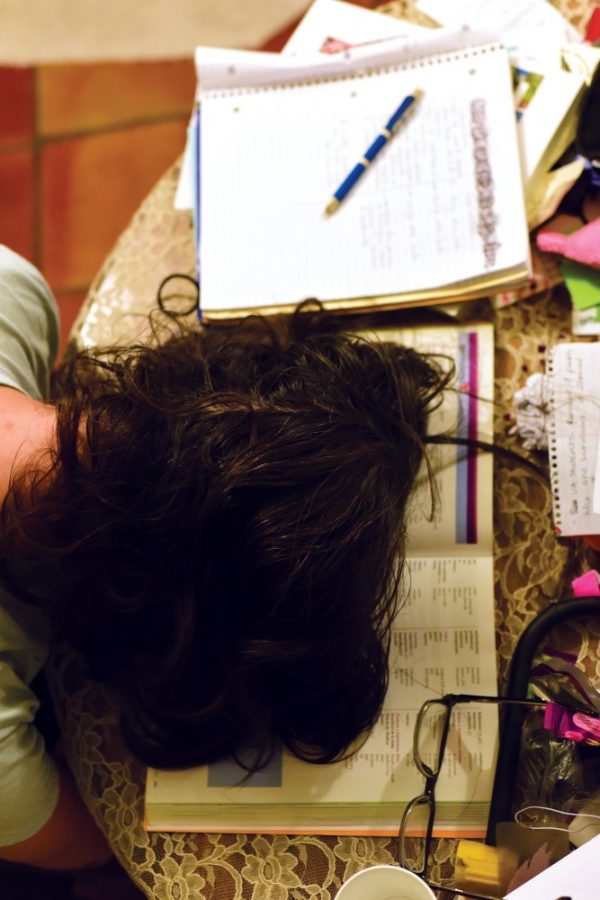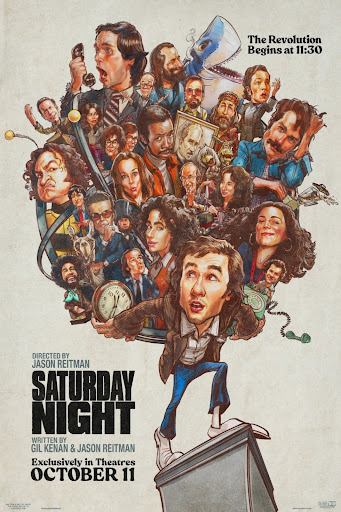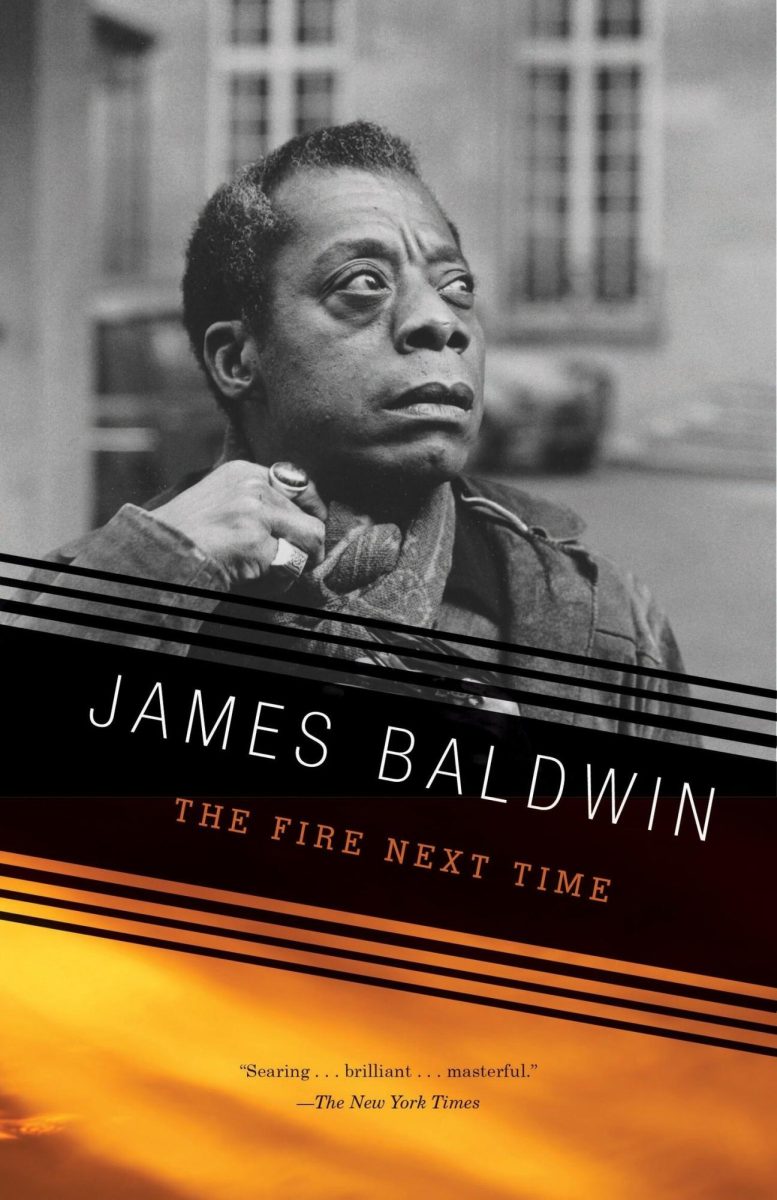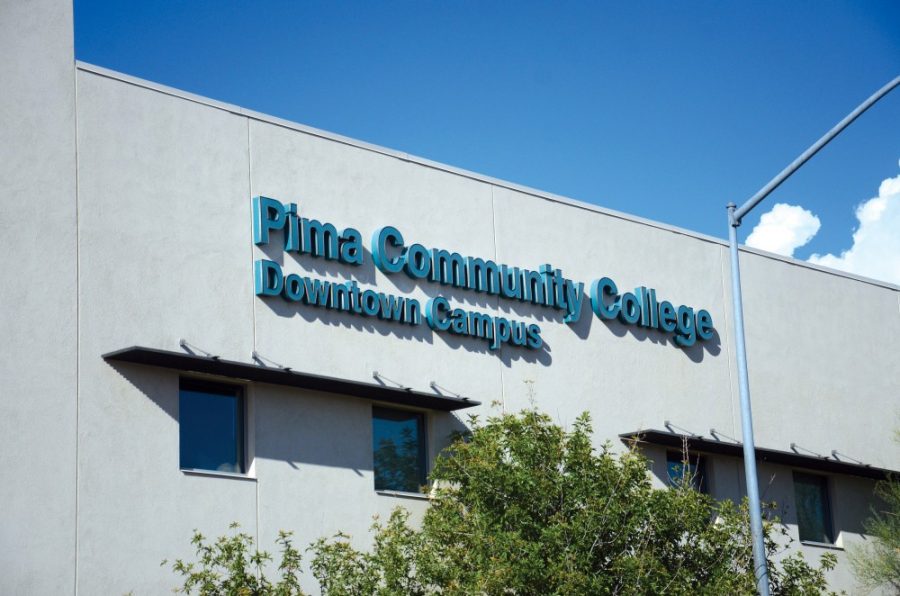The University of Arizona does a good job of providing a wide array of services for students in need: Campus Pantry and Campus Closet, the Richard H. Tyler Student Emergency Fund, Safe Ride and the CatTran, not to mention Campus Health or Fostering Success, as well as a wide variety of others.
But simply offering services is not enough to help students. Where do these resources fall short? What about them could be improved? How could the university better provide necessary resources to students?
The university already has existing infrastructures for all of these services, so it’s probably best to think about how to improve the already existing resources first. For example, how can Campus Pantry, Safe Ride and Campus Health be improved?
Currently, Campus Pantry relies on donations, with some funding coming from the Associated Students of the University of Arizona, student government. It is a student run entity, which allows it some autonomy, but there is no reason the pantry could not both receive full autonomy and more funding from the university. In addition, the location of the pantry, on the first floor, which is really basement of the Student Union Memorial Center, makes access more limited and, even though unintentional, creates a hint of “out of sight, out of mind” for the university, because the insecurity its own students face is not easily visible. The location, too, may create a stigma that students perceive when using services because it requires that any user goes out of the way to use it, rather than it being visible to all students.
Safe Ride is a fantastic service, and paired with CatTran, the times and availability for students is workable. But for such a great service, operating hours are very limited — 3 p.m. to 10 p.m. Monday through Friday. While services are not offered on Saturday, rides are open on Sundays from 6:30 p.m. to 10 p.m. It’s good that this service is provided in the first place, but its hours don’t provide enough flexibility for students. If, like the name suggests, the purpose is to provide students with a safer alternative to walking, why does it not run later into the night? Why does it entirely skip Saturday, a day when students are most likely to need a safe way to get home?
Perhaps just as importantly, this limitation negatively impacts students’ social and cultural capital, because they are no longer able to build connections with students, attend events (though this hasn’t been as much of an issue in the past year) and enjoy their college experience. Connections are one of the most important factors in college success, and colleges not supporting students in building those connections leads them to miss out on networks that may bolster their professional trajectories, careers or other lifetime opportunities that a college degree and its benefits avail.
Universities and colleges should be doing a better job of providing resources that allow students to thrive, not just survive. If the only two things students have when they graduate are debt and a diploma, the university has failed in providing those students with the real benefits of a college education.
Then there’s Campus Health. As is, Campus Health has a large capacity to assist students, but they have some current issues with students accessing it through AHCCCS, Arizona’s Medicaid. Currently, if a facility providing medical services is not open to the public, they can’t accept AHCCCS insurance, and Campus Health is not open to the greater Tucson community. This is not a problem easily fixed, it would require the Arizona Legislature to change that requirement.
But something university leadership could look into is providing a real work around for the surcharge that any student utilizing Campus Health services must pay. Currently, for Campus Health visits, there is a $25 copay with all health insurance plans that they offer. While this is relatively low, for students struggling economically, that $25 could be the difference between having enough to eat and going hungry, or taking care of other basic needs. The university’s leaders could look into many ways to fix this problem so that low-income and economically struggling students can still take full advantage of the wide array of health services provided by Campus Health. If a student is not on a Campus Health specific plan, they would be paying the copay for their insurance.
What does the university not currently provide, but could within its current infrastructure? They are unable to provide direct housing assistance to students free of charge, so they point individuals to non-university housing providers. The university has Housing and Residential Life, which university leaders could work with to ensure housing to students who are housing insecure without imposing additional financial burdens on them. While the infrastructure isn’t currently being utilized for this, the university could take steps towards providing all basic services for all students without pushing the student towards off-campus solutions. Rather than pointing a student in need to another resource, they could give the student what they need directly.
Currently the Richard H. Tyler Student Emergency Fund is the only resource that is able to give students exactly what they need because it gives them money directly. While this is laudable, it can’t continue to be the only resource that is available to students to address issues. That’s because the fund is dependent upon donations. It’s not a sustainable institution. The university needs to figure out other ways to provide students with what they need so that funding doesn’t become an issue down the road. Creating large enough additional infrastructure to provide other basic needs will likely be better than just giving students a one-time bundle of cash for them to utilize in the short term.
Outside of the changes to current infrastructure, building new infrastructure to support students is vital in providing basic needs. While the university could continue to build a patchwork of systems to solve these issues, it might be better to commit to the concept that Student Regent Anthony Rusk and Assistant Dean of Students Sylvester Gaskin both seem to think is good: A Basic Needs Center.
And it sounds like such a plan may already be in the works. Different members of the university community already understand how vital a single location for all student needs is. One place for everything, a centralized location for all student resources, is exactly what can help provide all basic needs to students. Campus Pantry could be housed there for more regular hours and better visibility. Campus Closet, in providing clothes to students, could have a spot. They could work directly with cultural centers to accommodate students, have in-house specialists to point students to resources they might not know about and ensure access to financial aid assistance.
It’s not an impossible task, but providing basic needs for students is a complex and difficult task. The university has been utilizing a patchwork of resources, which requires that they may have to send students to different places for different needs. The university’s leaders have already begun providing help to students in need, and there doesn’t seem to be any indicator that this will stop. But the question of how they continue is vital for understanding how they will be serving students in the future. If university leadership wants to deliver on its promise of higher education, it has to provide for the basic things all people need, and it needs to be able to do so easily, accessibly and sustainably.
Dillon Hlohinec is a UA student studying political science and philosophy, politics, economics and law.
Editor’s Note: This piece was produced as part of the “Confronting Scarcity Project” – a collection of reporting, commentary, maps, audio and more aimed at destigmatizing and amplifying the conversation around food and basic needs insecurity. This project was produced with students and the university community in mind as part of a collaboration between the Daily Wildcat and the UA School of Journalism’s student media apprenticeship program.
Follow the Daily Wildcat on Twitter









